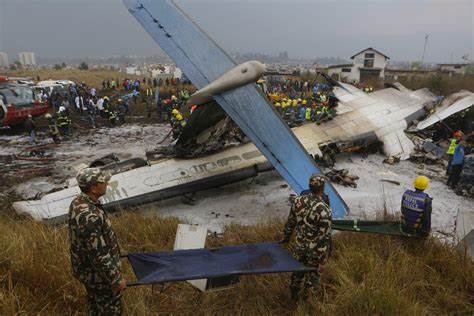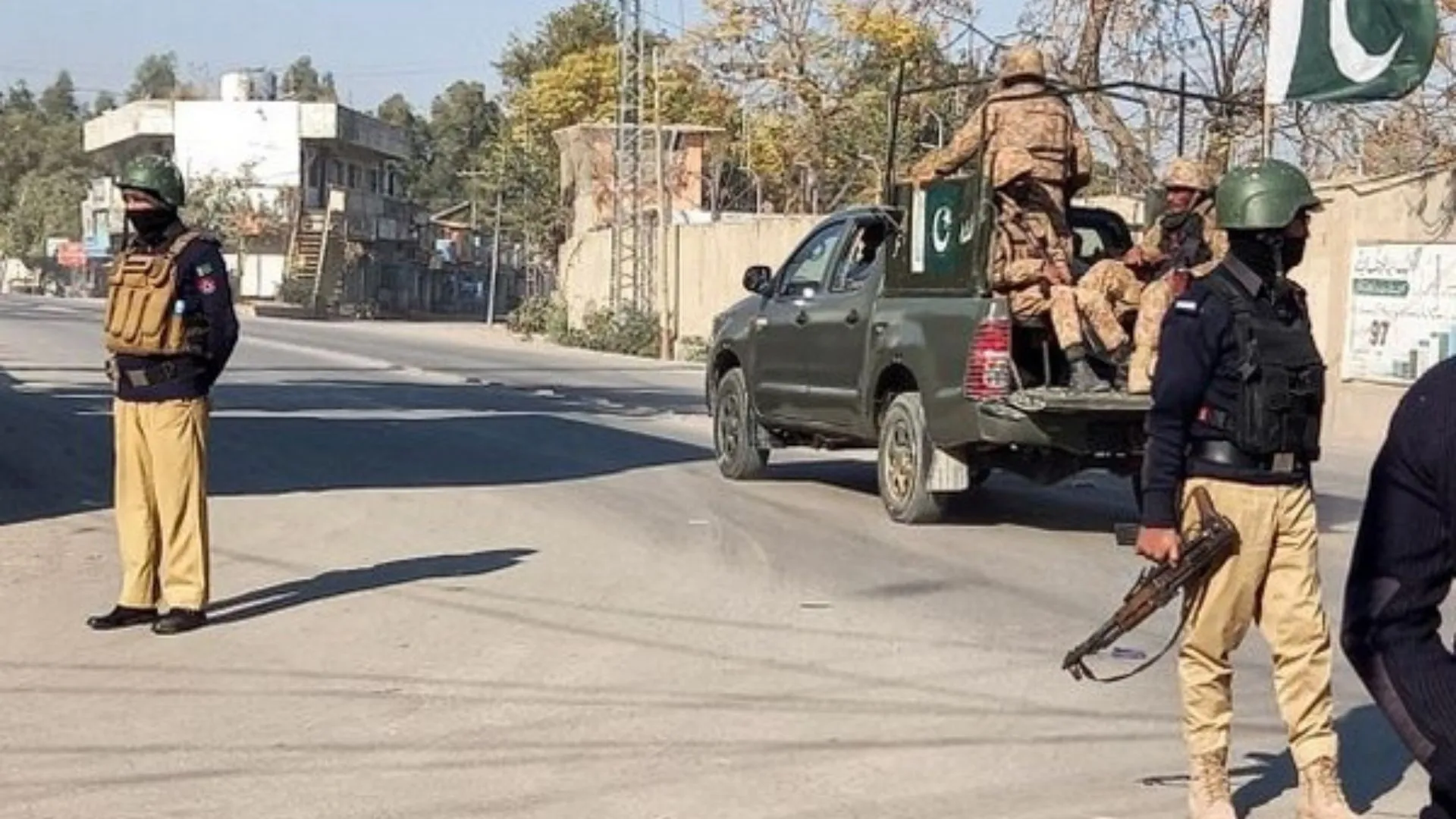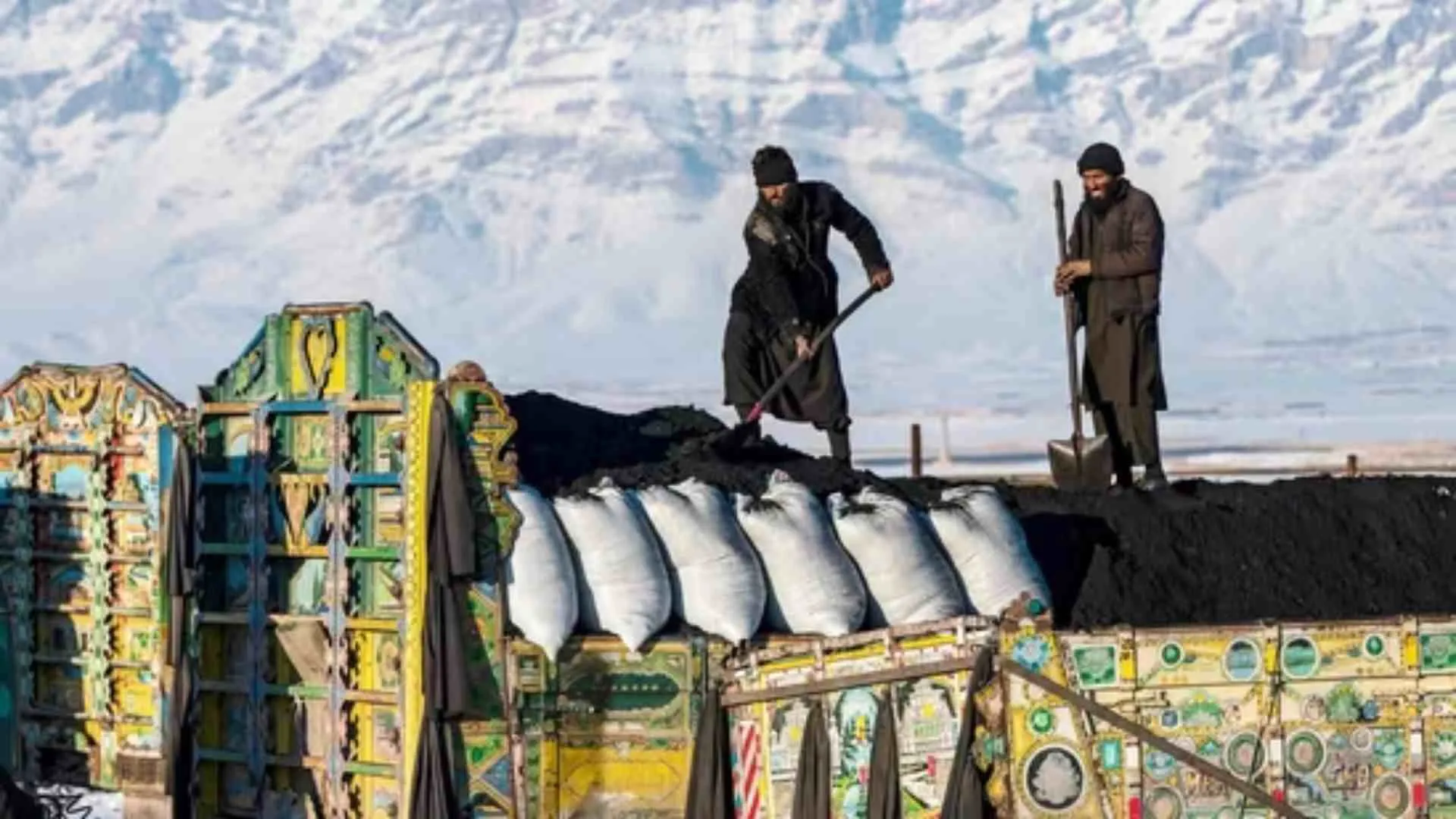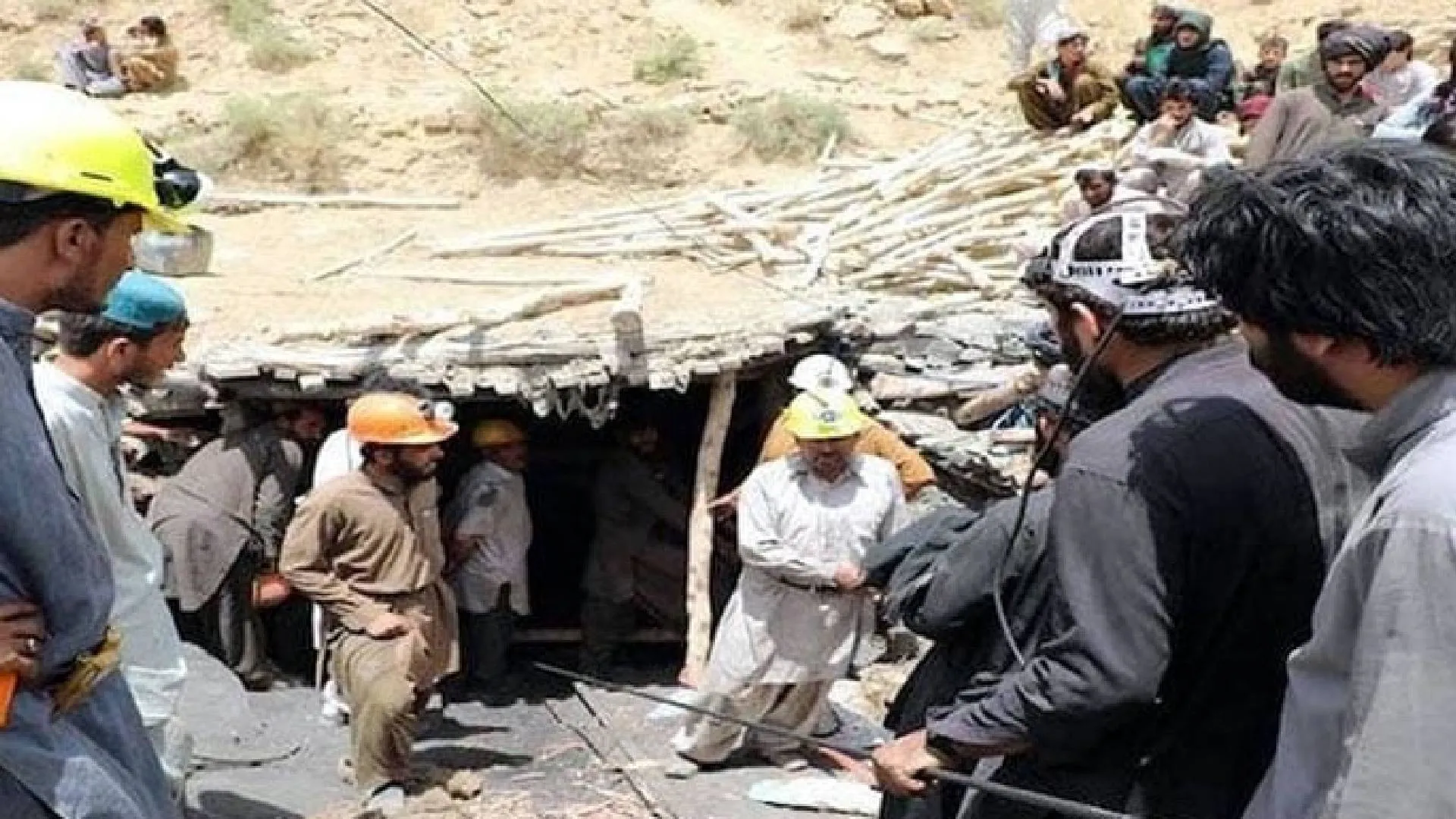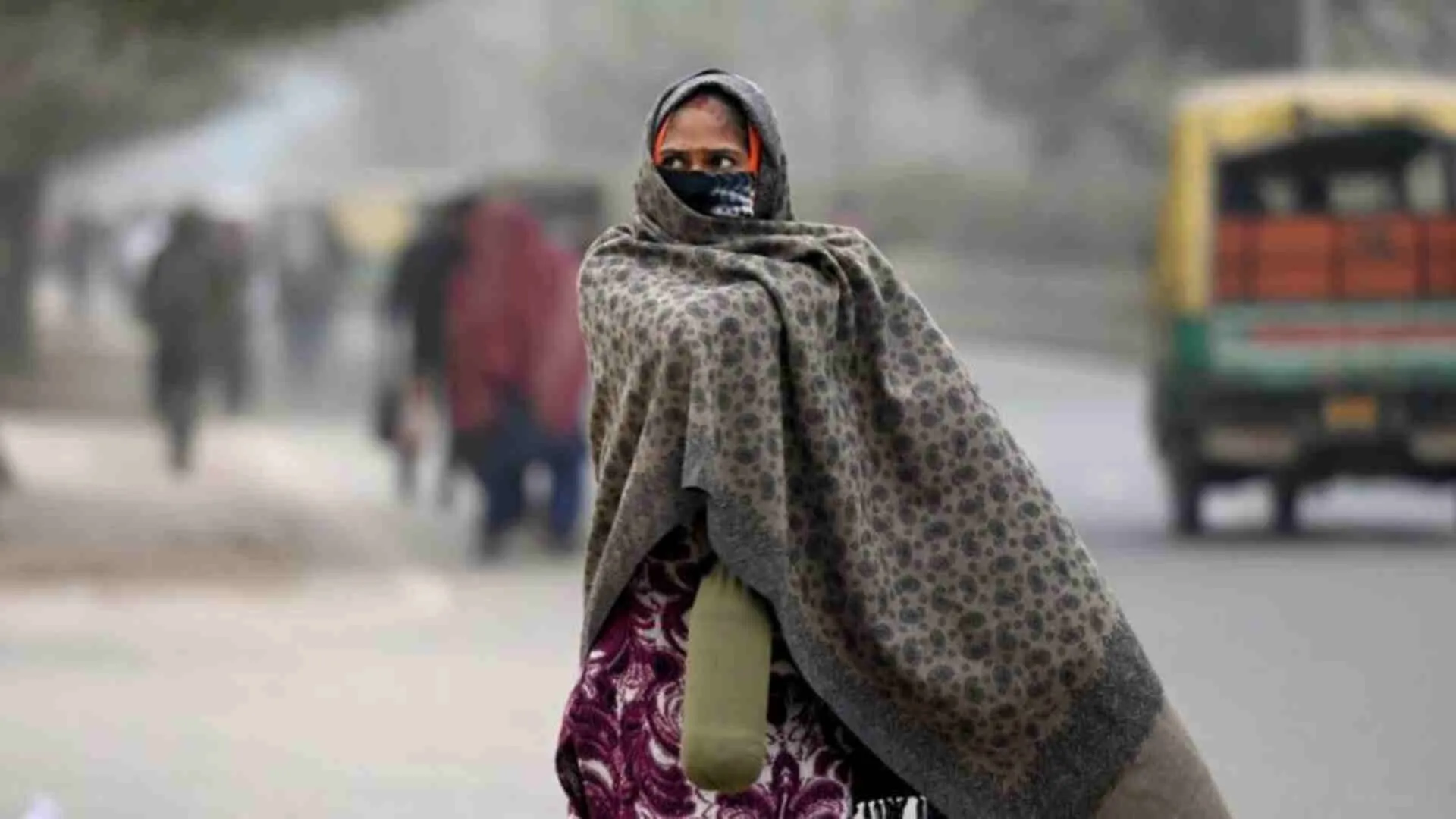Nepal has experienced a worrying number of plane crashes, with 17 incidents since 2000, resulting in the loss of 273 lives. Despite advancements in aviation technology, the country continues to face frequent tragedies. Here’s why Nepal remains one of the most challenging regions for air travel.
Historical Incidents
- 2000: A Royal Nepal Airlines flight crashed, killing all 25 people on board
- 2006: A Yeti Airlines flight crashed at Jumla airport, resulting in 9 deaths.
- 2010: Two significant crashes occurred with Agni Air and Tara Air, causing 36 fatalities combined.
- 2018: A US-Bangla Airlines flight crashed while landing at Tribhuvan International Airport, killing 51 out of 71 passengers.
- 2023: The most recent Yeti Airlines crash in January claimed the lives of 72 people, marking one of the deadliest incidents in recent history.
Factors Contributing to Frequent Crashes
- Challenging Terrain: Nepal’s mountainous topography, with high peaks and deep valleys, makes navigation difficult even for experienced pilots. Airports like Lukla, known as the world’s most dangerous, exemplify these challenges
- Weather Conditions: The country’s diverse weather patterns can change rapidly, often leading to poor visibility and turbulent conditions that complicate flight operations.
- Aging Fleet and Maintenance Issues: Many of the aircraft operating in Nepal are older models that require stringent maintenance. However, maintenance standards have historically been lax, contributing to mechanical failures
- Training and Regulatory Oversight: Insufficient pilot training and lack of strict regulatory oversight exacerbate the risks. The European Union has banned Nepali airlines from its airspace due to safety concerns
- High Traffic in Remote Areas: Increased air traffic to remote and tourist-heavy regions like the Everest Base Camp puts additional strain on the aviation infrastructure, often leading to accidents.
Government and Aviation Authority Responses
The Civil Aviation Authority of Nepal (CAAN) has acknowledged these issues and has been working on improving safety standards. Reports and audits have highlighted the need for better training programs and stricter maintenance protocols to prevent future tragedies
Despite these efforts, the combination of natural and human factors continues to pose significant risks. Understanding these challenges is crucial for improving safety and preventing further loss of life in Nepal’s aviation sector.
By addressing these issues comprehensively, Nepal can hope to reduce the frequency of these tragic incidents and enhance the safety of its air travel.

